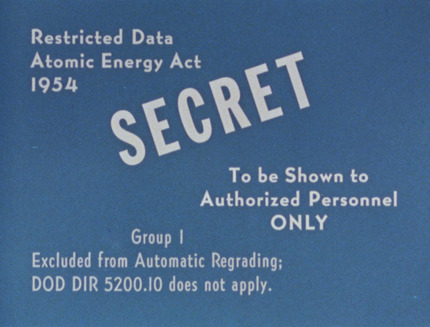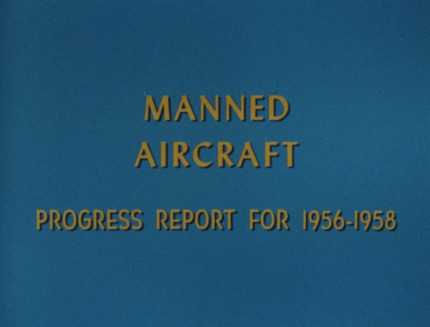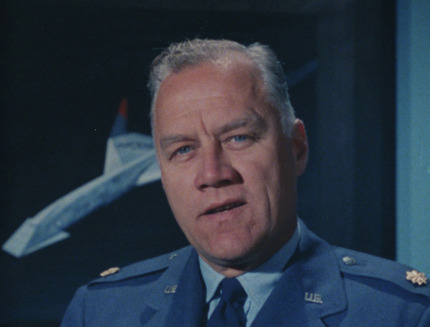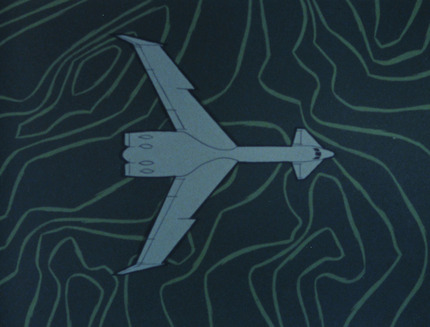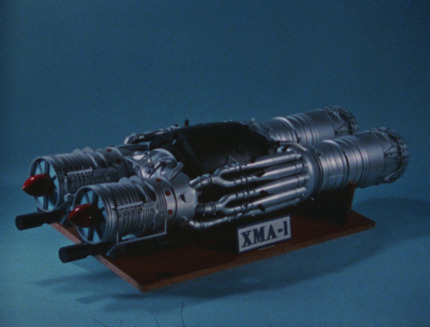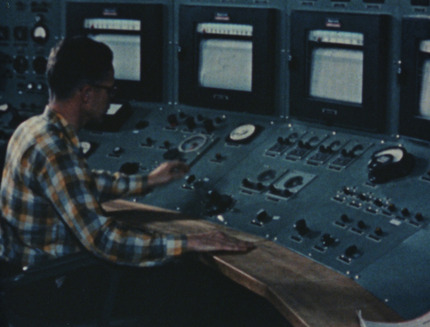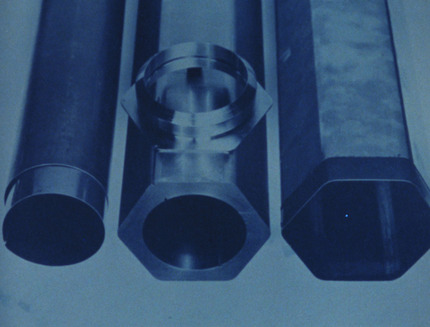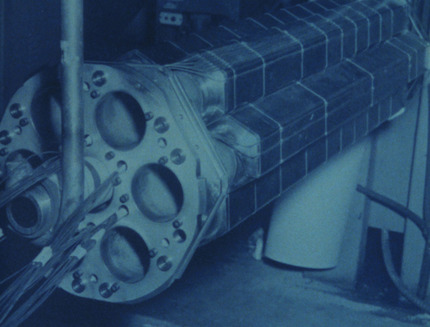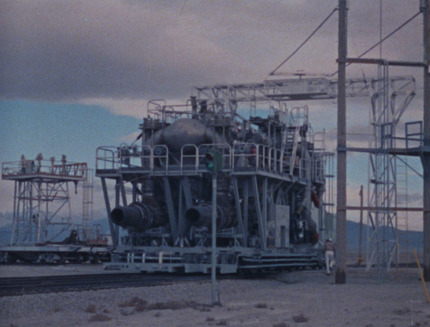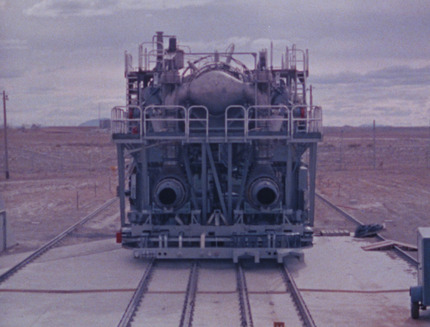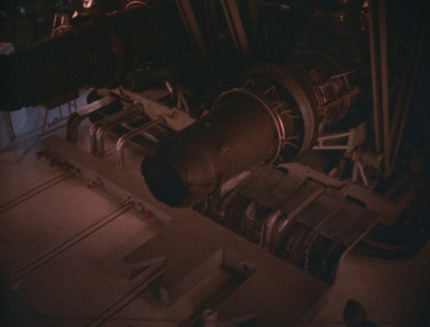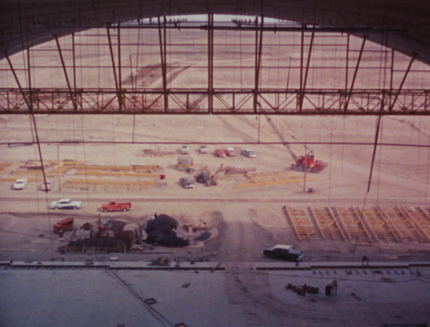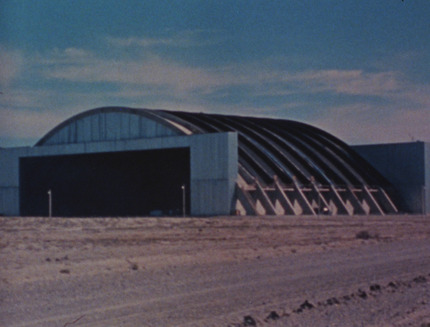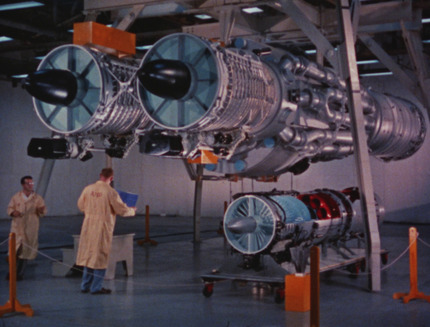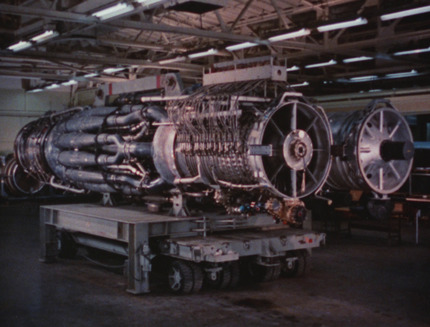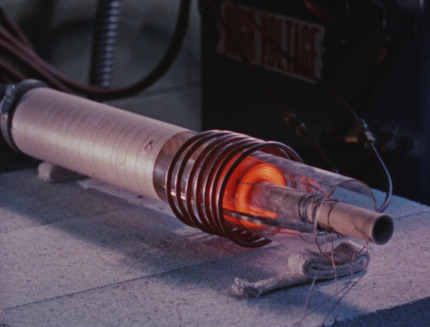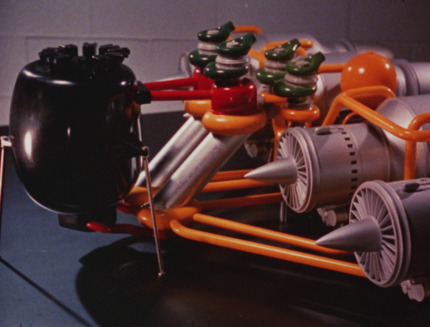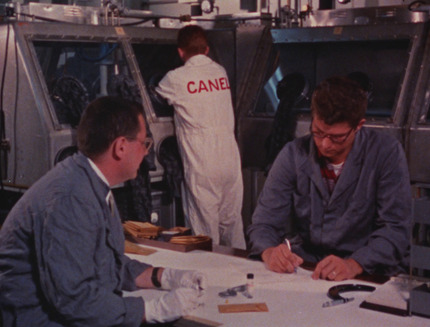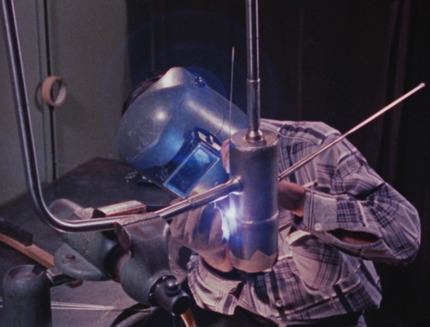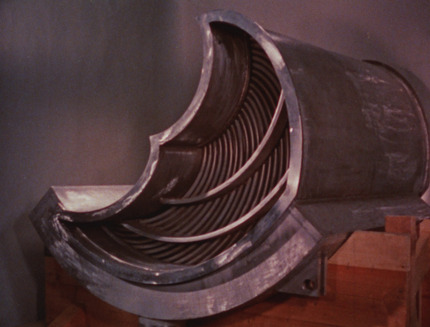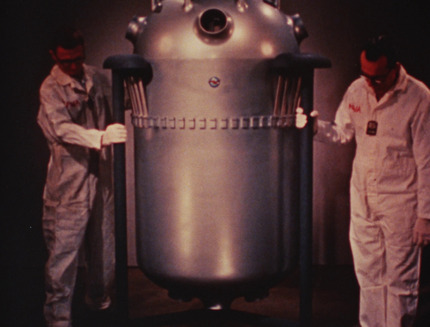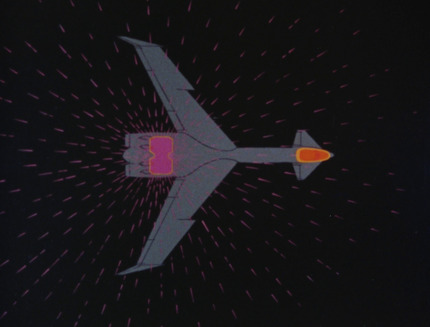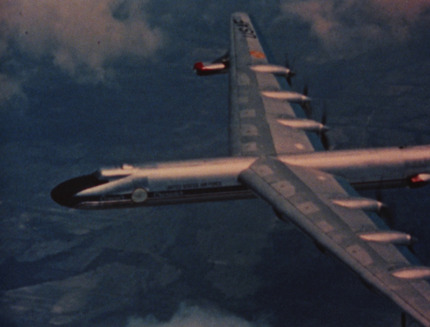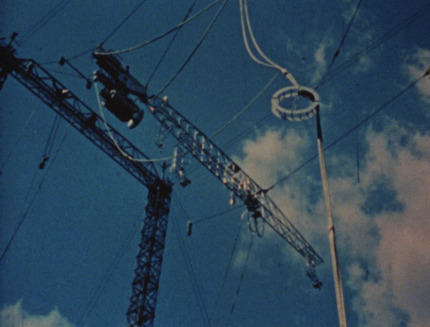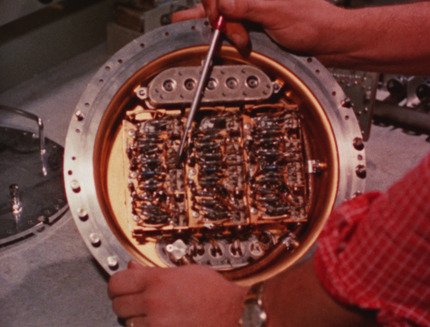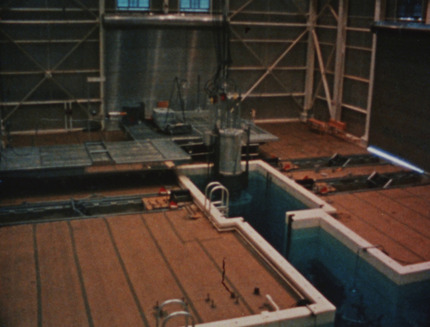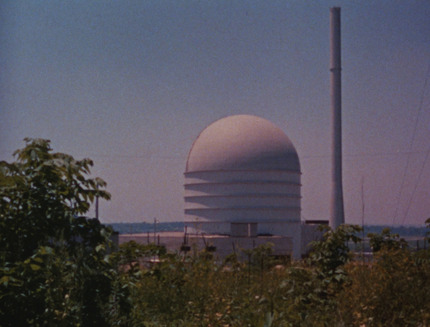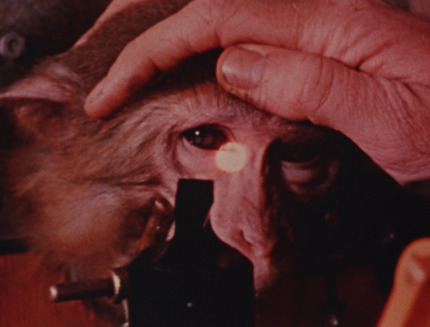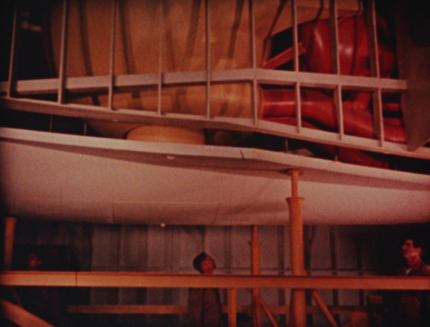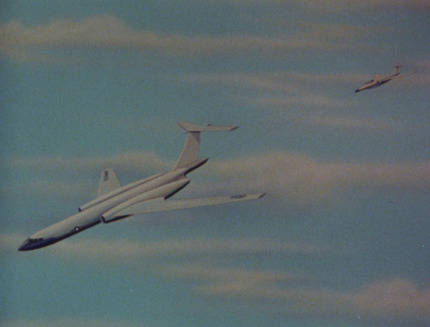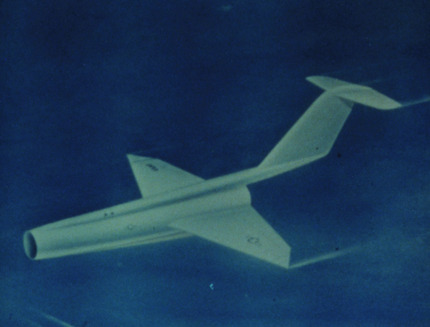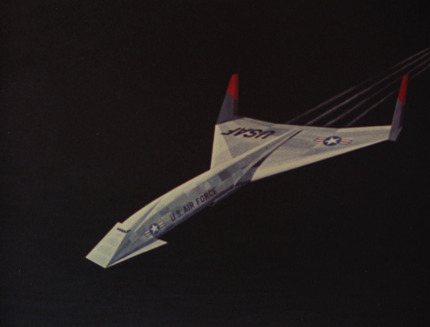Aircraft Nuclear Propulsion: Manned Aircraft Progress Report
A declassified film about nuclear powered flight from 1961
By Nick Touran, Ph.D., P.E., 2025-02-03 , Reading time: 12 minutes
This film presents the US effort to build a nuclear-powered long-range bomber. The program history and evolution is discussed, from the 1955 weapons system 125A to the 1956 re-evaluation and CAMAL concept. Work done between 1956 and 1958 is highlighted, including a detailed technical summary of the GE direct cycle nuclear jet engines and the Pratt and Whitney indirect cycle liquid metal cooled system. It discusses the HTRE tests performed in Idaho. GE XMA-1 development is shown at Evandale, OH. The indirect cycle component development at CANEL in Connecticut are depicted. Shielding and the Convair reactor flights are shown.
Catalog description: This film reviews progress achieved in the Air Force aircraft nuclear propulsion program from 1956 to 1958.
This is film 62995 in our catalog.
Stills from the film
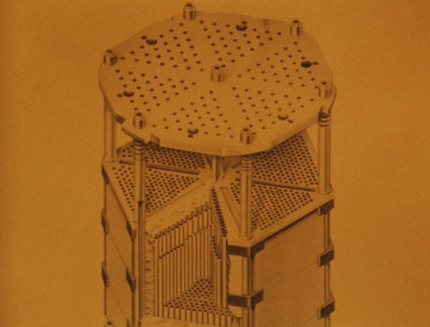
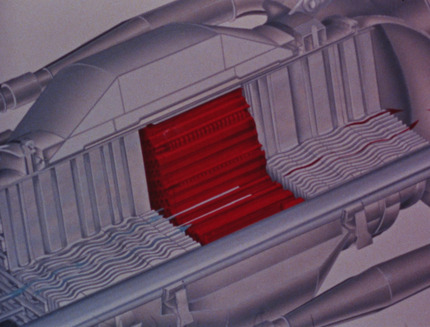
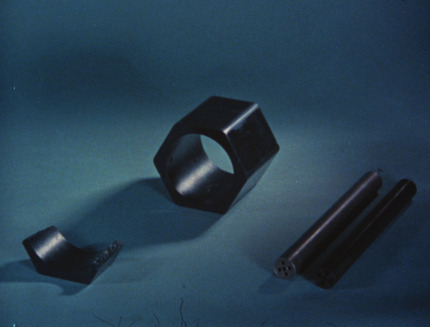
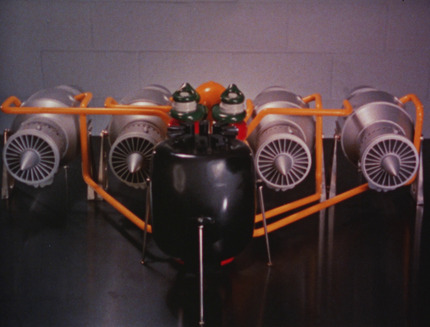
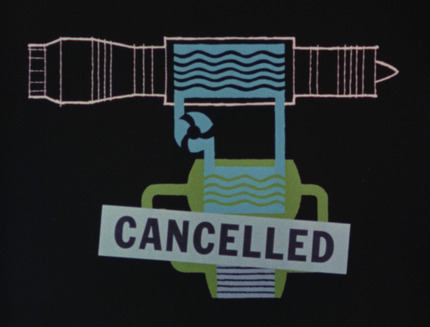
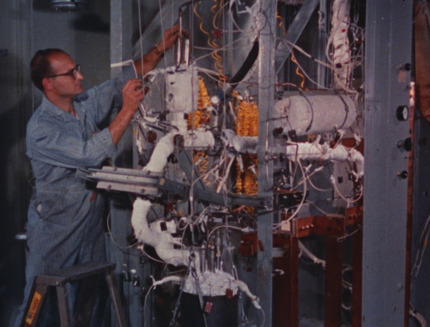
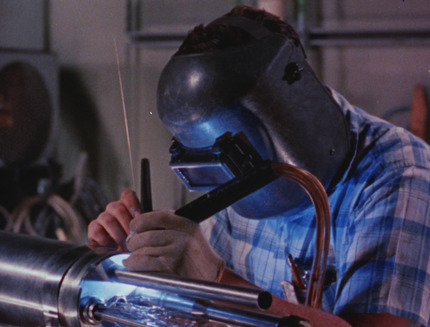
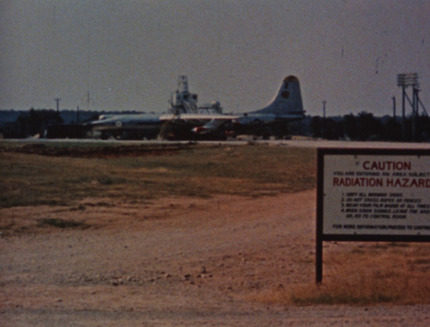
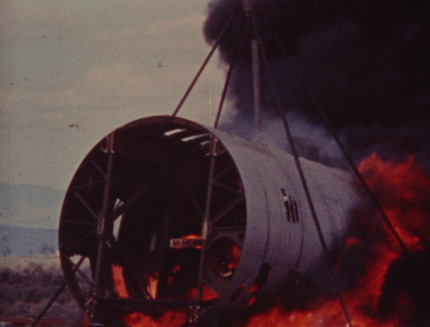
References
You can read a lot more about the quest for nuclear-powered flight in Nuclear flight; the United States Air Force programs for atomic jets, missiles, and rockets.
Amazing CANEL description in PROPOSAL SECOND GENERATION PORTABLE NUCLEAR POWERPLANT.
See Also
- A related film about the reactor that flew
- 13-hour documentary where veterans from this program describe it
- A X post about this
- Our Digital Reactor History Museum
- Our Reactor Development History Page
- Our Old Videos page with a running list of the available and yet-to-be-scanned films out there.
If you’re interested in helping to get some of these scanned, check out our digitization GoFundMe and/or contact us!
Reader comments

